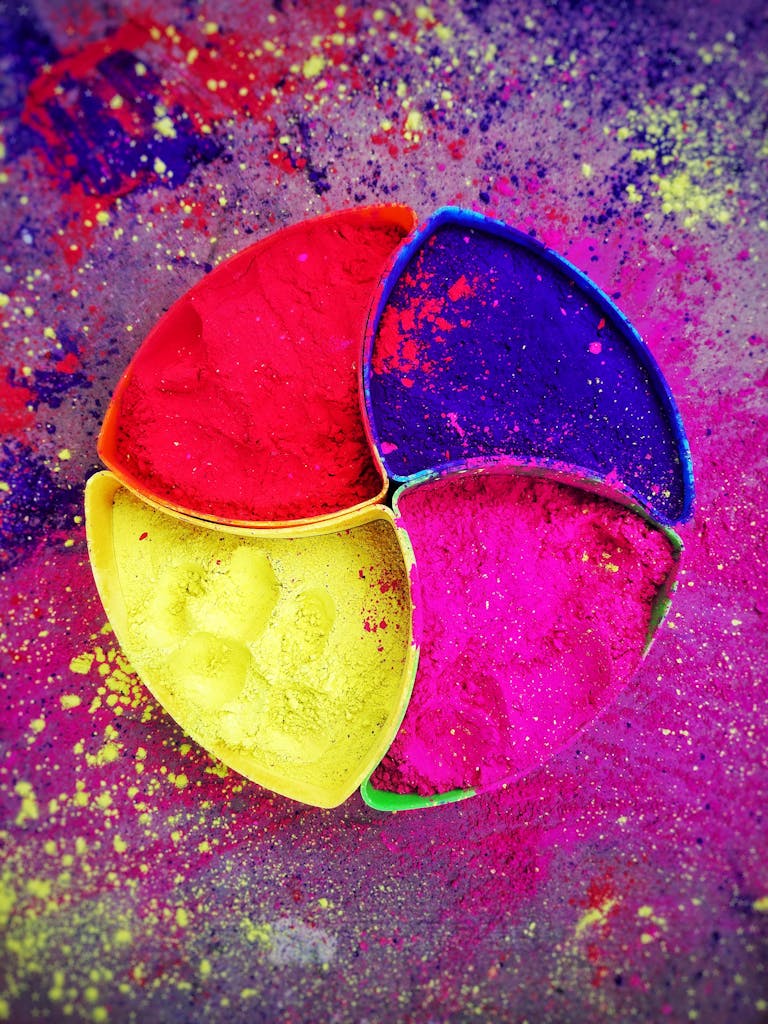How to Prep Your Coloring Pages for Framing

You’ve poured your heart (and a lot of time) into that coloring page, and now it looks so good you don’t just want to shove it in a drawer or leave it in your book. It deserves to be on display a masterpiece that’s wall-worthy and ready to show off to anyone who walks into your home.
Framing your coloring page isn’t just a fun way to preserve your work; it’s also the ultimate flex.
But here’s the thing: jumping straight from “finished coloring” to “pop it in a frame” isn’t always a good idea. If you want your artwork to look polished and professional, there are a few key steps to take before it’s ready for its big debut.
So, let’s talk about how to prep your coloring pages for framing step by step.
Why Framing Your Coloring Pages is Totally Worth It
Before we dive into the how, let’s quickly touch on the why.
Sure, coloring is often just for fun, but your finished pages can be so much more than a quick creative outlet. Framing your work:
- Preserves Your Effort: Keeps your hard work safe from creases, fading, and the terrifying possibility of coffee spills.
- Showcases Your Talent: Turning a coloring page into framed art gives it the respect it deserves.
- Adds a Personal Touch: Framed coloring pages can add personality and warmth to your home decor. (Bonus: They make thoughtful gifts!)
Bottom line? Framing takes your coloring game to a whole new level. Let’s make it happen.

Step 1: Choose the Right Coloring Page
Not every page is going to scream “frame me!” and that’s okay. When picking a page to frame, consider:
- Design Complexity: Intricate designs or mandalas look especially striking when framed.
- Color Harmony: Does the page match the vibe of the space where you’ll hang it?
- Execution: Be honest with yourself. If the page didn’t turn out how you hoped (hey, it happens), maybe save it for practice and frame something you’re really proud of.
Pro Tip: Don’t be afraid to color with framing in mind. If you know a certain design would look perfect in your living room, focus on creating it for that specific purpose.
Step 2: Fix Any Mistakes
Even the most experienced colorists have the occasional slip-up. Before framing, take a moment to check your page for:
- Smudges or Streaks: Erase or touch up where possible.
- Uneven Colors: Layer a bit more color to smooth things out if needed.
- Bleed-Through: If you’ve been heavy-handed with markers and the back of the page looks rough, we’ll cover how to deal with that later.
Tools You’ll Need:
- A soft eraser for pencil marks.
- A white gel pen for small touch-ups.
- Your original coloring tools for any quick fixes.
Step 3: Flatten the Page
If your coloring page has a slight curl or bend (looking at you, spiral-bound books), you’ll want to flatten it before framing. A warped page in a frame? Not cute.
How to Flatten Your Page:
- Press It Under Books: Place the page between two sheets of clean paper (to avoid transferring any ink) and stick it under a stack of heavy books for 24-48 hours.
- Iron It: For stubborn creases, lightly iron the page. Use a low heat setting, place a clean sheet of paper over your artwork, and gently press.
Pro Tip: Avoid steam it can cause water-based inks or markers to bleed.
Step 4: Protect Your Colors
Over time, even the most vibrant colors can fade, especially if your artwork is exposed to sunlight. To keep your colors looking fresh and bold, consider sealing your page.
How to Seal Your Artwork:
- Use a Fixative Spray: Lightly spray your coloring page with a matte or gloss fixative designed for artwork. This creates a protective barrier against smudging and fading.
- Test First: Always test the spray on a scrap piece of colored paper to ensure it doesn’t alter your colors.
Pro Tip: Make sure to spray in a well-ventilated area and let the page dry completely before moving on.
Step 5: Trim the Edges
Most coloring pages come straight from books or printable sheets, which means you’ll likely need to clean up the edges before framing.
How to Trim Like a Pro:
- Use a Paper Trimmer: For straight, even cuts, a paper trimmer is your best bet.
- Scissors Work Too: If you’re working freehand, go slow and steady for clean edges.
- Measure Twice, Cut Once: Make sure your page fits the frame or mat before trimming away too much.
Pro Tip: Leave a small border if you’re planning to mount the page on a mat, it’ll give your work a polished look.
Step 6: Choose the Perfect Frame
This step can make or break your finished piece. The frame you choose should complement your artwork and the space it’ll live in.
Things to Consider:
- Frame Size: Measure your page carefully and choose a frame that fits snugly. Standard sizes like 8×10 or 11×14 are easiest to find.
- Color and Style: Pick a frame that enhances your artwork. A sleek black frame works well for bold designs, while wood or metallic frames can add warmth and elegance.
- Matting: Adding a mat can elevate your artwork and prevent it from touching the glass (which can cause smudging or sticking over time).
Pro Tip: If your coloring page doesn’t match standard frame sizes, consider trimming it further or having a custom frame made.
Step 7: Backing and Mounting
If you’ve trimmed your page, or if the back shows marker bleed-through, you’ll want to mount it on a sturdy backing before framing.
How to Mount Your Page:
- Use Acid-Free Tape or Adhesive: This prevents discoloration over time.
- Pick a Neutral Backing Board: White or black works well, depending on the overall look you’re going for.
Pro Tip: Center your page carefully before securing it to the backing to avoid a lopsided look.
Step 8: Assemble and Frame
It’s finally time to put it all together! Carefully place your mounted page into the frame, ensuring it’s aligned and free of dust or smudges.
Step-by-Step Framing:
- Clean the frame glass with a microfiber cloth to remove any fingerprints.
- Place your mounted page face-up in the frame.
- Secure the back panel, ensuring everything is tight and even.
- Double-check for dust or specks before sealing it up completely.
Pro Tip: If your frame allows, use spacers to keep the glass slightly raised off your artwork.
Step 9: Hang or Display
Now for the fun part: showing off your work!
Hanging Tips:
- Choose the Right Spot: Avoid areas with direct sunlight to prevent fading.
- Use Proper Hardware: For heavier frames, invest in sturdy wall hooks or anchors.
- Consider Groupings: If you have multiple framed pieces, create a gallery wall for maximum impact.
Pro Tip: If you’re displaying on a shelf or desk, consider adding a small stand or easel for a polished look.
Bonus Tips for Framing Success
1. Double Down on Protection
If you want to go the extra mile, consider UV-protective glass or acrylic for your frame. This shields your artwork from light damage and keeps it looking fresh for years.
2. Switch It Up
Tired of one piece? Swap it out! Choose frames with easy-to-remove backs so you can rotate your artwork whenever inspiration strikes.
3. DIY Frames
Feeling crafty? Create your own custom frames using washi tape, painted wood, or upcycled materials for a unique, personal touch.
Wrapping It Up
Framing your coloring pages isn’t just about preserving your work, it’s about celebrating it.
By taking the time to prep your pages properly, you’re turning a simple coloring session into something worthy of display.
Trust me, there’s no better feeling than walking into a room and seeing your own creativity hanging proudly on the wall.






